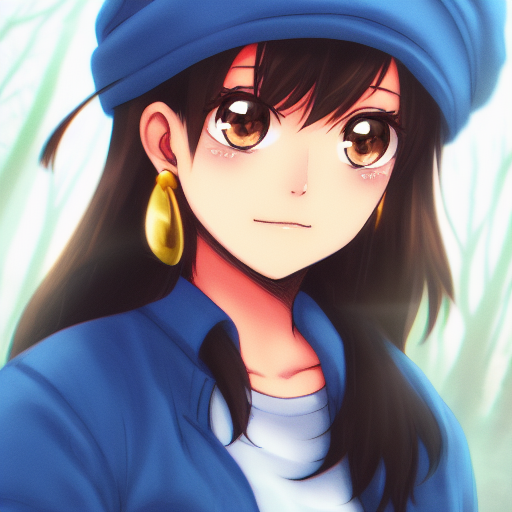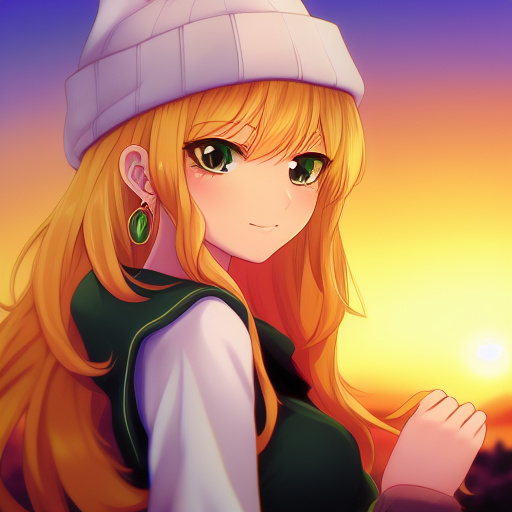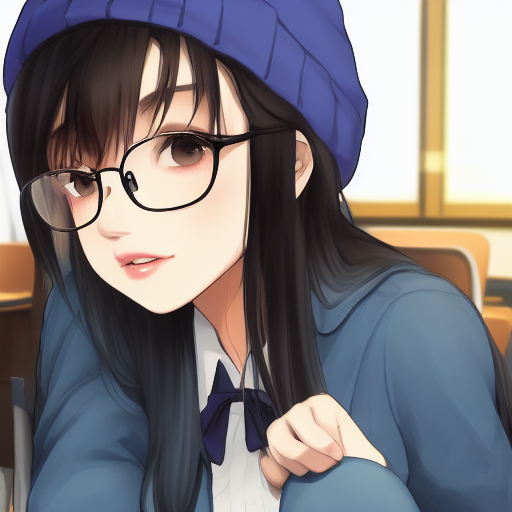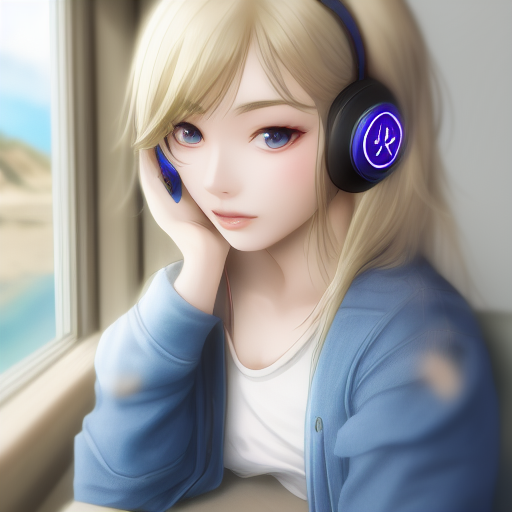The Rise of AI-Generated Art
AI image generation has gained significant traction in recent years, revolutionizing how we think about digital art creation. I decided to explore this fascinating technology by experimenting with Stable Diffusion, specifically using the “Waifu Diffusion” model for anime-style artwork.
Getting Started with Stable Diffusion
Setting up AI image generation is surprisingly straightforward thanks to the excellent web interface fork available on GitHub. The AUTOMATIC1111/stable-diffusion-webui project provides a user-friendly interface that works out of the box with minimal configuration required.
Why Waifu Diffusion?
Instead of using the standard Stable Diffusion model, I chose the specialized “Waifu Diffusion” model available on Hugging Face.
Waifu Diffusion is a latent text-to-image diffusion model that has been fine-tuned on high-quality anime images. This specialized training makes it particularly adept at generating anime-style artwork with consistent quality and style.
Generated Examples and Prompts
Here are some of the images I generated along with their corresponding prompts. The prompts were sourced from Google searches and modified to achieve specific results.
Example 1: Casual Portrait
Prompt: 1girl, brown eyes, beanie cap, black hair, closed mouth, earrings, hat, hoop earrings, jewelry, looking at viewer, shirt, short hair, simple background, solo, upper body, blue shirt

Example 2: Color Variation
Prompt: 1girl, brown eyes, beanie cap, black hair, closed mouth, earrings, hat, hoop earrings, jewelry, looking at viewer, shirt, short hair, simple background, solo, upper body, yellow shirt

Example 3: School Setting
Prompt: 1 girl, sitting on a chair, wearing school uniform, beanie cap, blue jacket in a classroom wearing glasses, black hair, brown eyes, head shot, high resolution, hyper detailed, portrait, soft lips

Example 4: Photorealistic Style
Prompt: gorgeous young Japanese girl sitting by window with headphones on, wearing blue jacket, soft lips, beach blonde hair, octane render, unreal engine, photograph, realistic skin texture, photorealistic, hyper realism, highly detailed, 85mm portrait photography, award winning, hard rim lighting photography

The Quality of AI-Generated Art
The results are genuinely impressive. The AI-generated images exhibit remarkable quality, with detailed features, consistent style, and artistic composition that rivals human-created artwork. It’s becoming increasingly difficult to distinguish between AI-generated images and those created by human artists.
Technical Insights
Prompt Engineering
The quality of generated images heavily depends on prompt engineering. Key techniques include:
- Specific descriptors: Detailed physical attributes and clothing
- Style modifiers: Terms like “hyper detailed,” “photorealistic,” “octane render”
- Composition elements: Background, lighting, camera angles
- Artistic direction: Mood, atmosphere, and visual style
Model Specialization
Waifu Diffusion’s anime-specific training provides several advantages:
- Consistent style: Maintains anime aesthetic across generations
- Better quality: Optimized for anime-style features and proportions
- Faster generation: Specialized model requires less processing time
- Style coherence: Results align with anime art conventions
Ethical Considerations
Copyright and Attribution
- AI-generated art raises questions about copyright ownership
- Training data sources should be considered
- Attribution for AI-generated work is still evolving
Impact on Artists
- AI tools can complement human creativity
- Concerns about job displacement in creative industries
- Potential for collaboration between AI and human artists
Responsible Use
- Consider the implications of AI-generated content
- Respect intellectual property rights
- Use AI tools ethically and transparently
Future Implications
Creative Possibilities
- Democratization of art: Making art creation accessible to more people
- Rapid prototyping: Quick visualization of concepts
- Style exploration: Easy experimentation with different artistic styles
Industry Impact
- Game development: Concept art and asset generation
- Marketing: Custom imagery for campaigns
- Entertainment: Character design and world-building
Conclusion
AI image generation represents a significant advancement in creative technology. The Waifu Diffusion model demonstrates how specialized training can produce high-quality, consistent results in specific artistic domains.
While the technology is impressive, it’s important to approach AI-generated art thoughtfully, considering both its creative potential and its broader implications for the art world.
Key Takeaways
- Accessibility: AI art generation is becoming increasingly user-friendly
- Quality: Specialized models can produce professional-level results
- Responsibility: Ethical considerations are important in AI art creation
- Collaboration: AI can enhance rather than replace human creativity
AI-generated art opens new possibilities for creative expression while challenging our understanding of what it means to be an artist.
References
-
AUTOMATIC1111/stable-diffusion-webui - Web interface for Stable Diffusion
-
Best 100 Stable Diffusion Prompts - Prompt engineering guide
-
https://mpost.io/best-100-stable-diffusion-prompts-the-most-beautiful-ai-text-to-image-prompts/